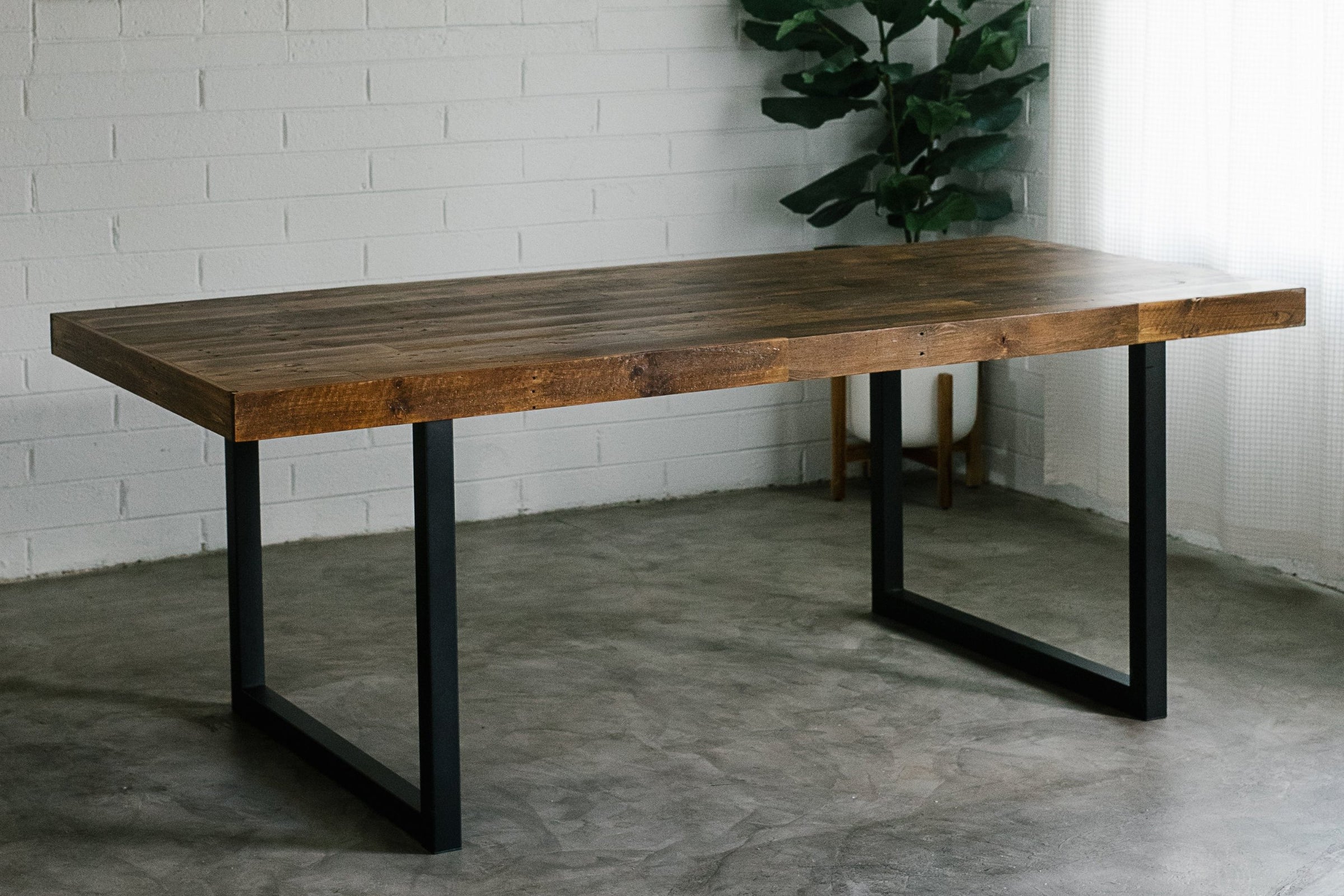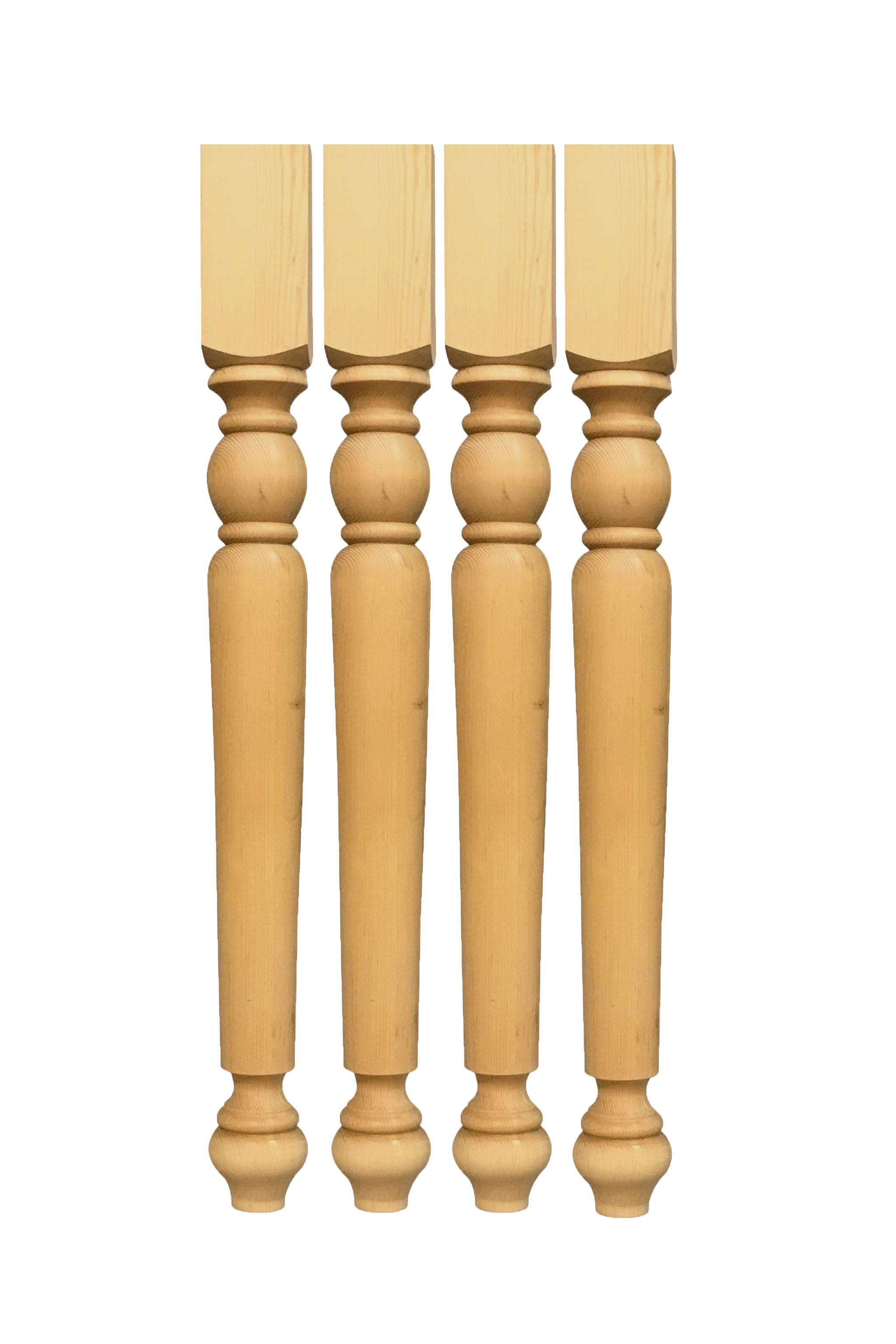Add Strength and Charm Utilizing Solid Dining Table Legs Wood Pieces
Add Strength and Charm Utilizing Solid Dining Table Legs Wood Pieces
Blog Article
Checking Out the Different Types of Table Legs Timber for Your Dining Space
The choice of eating table legs timber can exceptionally affect both the functional and visual high qualities of your eating space. Solid wood choices, such as oak and walnut, provide a traditional look with unparalleled resilience, while engineered timber choices use innovative designs that simulate the richness of natural grains. In addition, the expanding fad of redeemed timber introduces a lasting aspect that appeals to environmentally aware consumers. As we discover these various alternatives, it comes to be essential to consider not just the visual allure however likewise the practical ramifications of each product selection. What elements should guide your decision?
Strong Timber Options

Unlike engineered products, strong wood is less vulnerable to warping and damages over time when properly maintained. Each item of strong wood is distinct, showcasing individual characteristics that add to the appeal and character of the eating table.
In addition, solid timber can be finished in many means, ranging from natural oils to stained surfaces, permitting home owners to customize their furnishings to match their decor. In summary, selecting strong wood for eating table legs not just guarantees structural integrity yet also boosts the visual charm of the dining area, making it a worthwhile financial investment for any type of home.
Engineered Wood Alternatives

Plywood, created from several layers of wood veneer, is stable and particularly strong, making it an exceptional option for dining table legs. Its split make-up allows it to withstand adjustments in humidity and temperature much better than conventional solid wood. MDF, on the various other hand, provides a smooth surface area for painting or veneering, making it possible for designers to accomplish a refined appearance while preserving architectural integrity.
Particleboard, usually made use of in economical alternatives, provides respectable stamina and is light-weight, making it less complicated to deal with. It may not be as resilient as plywood or MDF. When choosing engineered wood alternatives, it is important to consider the designated usage and desired visual. These products not only boost the capability of eating spaces but also permit better style adaptability, guaranteeing that contemporary and typical styles can exist side-by-side sympathetically.
Reclaimed Timber Features
Redeemed timber offers an unique blend of sustainability and character, making it a significantly prominent option for eating table legs. Sourced from old barns, manufacturing facilities, and various other frameworks, recovered timber personifies a history that brand-new materials merely can not duplicate. Each item lugs its very own story, marked by distinctive imperfections, knots, and varying grain patterns, which contribute to a table's one-of-a-kind aesthetic charm.
In addition to its visual beauty, recovered timber is an eco-friendly alternative. By repurposing previously utilized products, it lowers the need for new lumber, thus assisting to save woodlands and minimize waste. This lines up with a growing consumer choice for sustainable practices in furnishings.
Furthermore, reclaimed wood is often more long lasting than recently collected wood because of its age. The all-natural drying out process that reclaimed wood undergoes cause a denser and more powerful material, making it much less prone to warping and splitting. This boosts the durability of dining tables, permitting them to withstand the rigors of everyday use.
Softwood vs. Wood
When choosing dining table legs, understanding the differences between softwood and wood is vital for achieving both aesthetic and practical objectives. Softwoods, originated from coniferous trees, such as ache and cedar, are defined by their lighter weight and simplicity of adjustment. They generally display a more rustic appearance, making them ideal for country-style or casual eating areas. Softwoods are usually much less resilient than woods, which can be a factor to consider for families or those looking for longevity in their furnishings.
On the other hand, hardwoods, sourced from deciduous trees like maple, cherry, and oak, are renowned for their density, stamina, and longevity. The intricate grain patterns and rich tones of woods offer a classic and advanced charm, making them optimal for official dining setups. While woods often tend to be much more pricey and heavier, their durability against damage often warrants the investment.
Inevitably, the option in between softwood and hardwood for eating table legs should line up with your layout vision, usage requirements, and budget, ensuring that your eating space shows your individual design while continuing to be functional with time.

Surfaces and Therapies
The visual appeal and durability of eating table legs can be More hints significantly improved through different coatings and therapies. These processes not just shield the wood from damage yet additionally boost its appearance, permitting it to complement varied indoor designs.
One typical therapy is staining, which passes through the wood and improves its natural grain while including color. Discolorations offer a rich, classy look, allowing homeowners to match their furniture with existing decor. Conversely, clear coatings such as polyurethane or varnish develop a safety layer without modifying the wood's original color, ensuring durability against deterioration.
In addition, all-natural oils, like tung or linseed oil, nourish the timber and offer a refined luster, all while being eco-friendly. These oils permit the surface area to breathe, stopping dampness build-up and possible bending.
For those looking for a rustic charm, distressed or weather-beaten finishes can be put on develop an aged appearance, adding personality to the item. Inevitably, the choice of finishes and treatments depends upon personal choice, desired appearances, and the details timber type, making it crucial to consider these factors when choosing eating table legs for your area.
Verdict
Strong woods, engineered alternatives, and recovered options each offer distinct advantages, catering to numerous preferences and requirements. Eventually, the selection of timber type must line up with wanted design, longevity, and environmental factors to consider, improving the general navigate to this website eating experience.
The selection of eating table legs timber can profoundly impact both the functional and visual top qualities of your eating room - Dining Table Legs Wood. Solid timber alternatives, such as oak and walnut, give a traditional appearance with unparalleled sturdiness, while engineered timber top article alternatives offer cutting-edge styles that imitate the splendor of natural grains. Solid timber offers a classic top quality that can boost the overall layout of a dining room. Each piece of solid timber is one-of-a-kind, showcasing specific qualities that include to the beauty and personality of the dining table
Furthermore, reclaimed timber is typically a lot more sturdy than recently gathered timber due to its age.
Report this page